How Native Plants Can Inspire Your Desert Edible Landscape
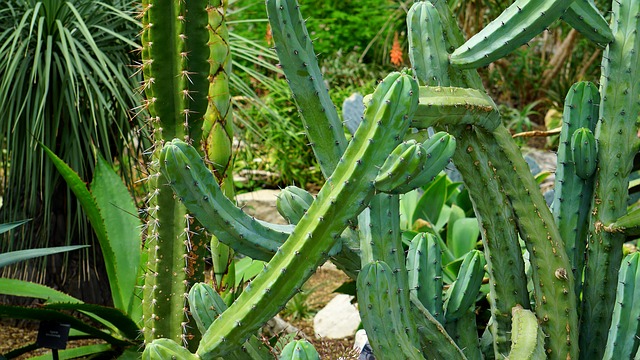
Even though I live in the Arizona desert, I spend most of my gardening time growing traditional types of fruits and vegetables. As you drive around our area there are a plethora of cacti and desert native plants which is a sight to behold.
When I think of gardening, these types of plants generally don’t come to mind as something I’d want to grow for food. It’s easy to overlook native plants in hot, dry climates, but many of these actually produce edibles that are loaded with health benefits and are worthy of growing in Southwest gardens.
Why grow Native Desert Plants?
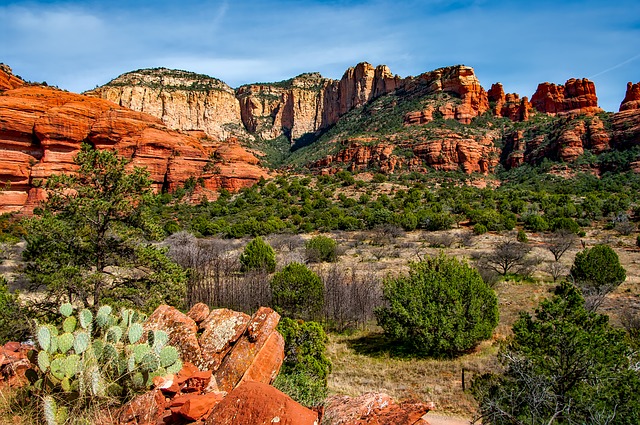
If you live in one of the many HOA communities that have become more prevalent in the U.S., many of these communities only allow you to grow native plants, at least in the front yard. This is the case for me.
If this is you, take a look at my post: 7 Tactics for Planting Fruit Trees in an HOA Community. If you have to grow native plants, you may as well mix in some native edibles to the landscape. There are several other strong reasons for planting a portion of your landscape with native plants.
Water Conservation
In an area like the desert where water is at a premium, it helps save on both the use and the cost with native plants. Many native plants that are adapted to a desert climate are highly drought tolerant. In an area that already sees very little rain, it behooves gardeners to grow some plants that can offset some of the water being used on non-native gardens.
Reduce Allergens
Continuing to introduce new or non-native species to an environment can have a negative impact on humans. Plants and trees that produce various pollens compound problems with seasonal allergies. This is often the case in our dry climate that already has issues with dust and air pollutants.
Maintaining Wildlife
Native wildlife is drawn to native plants. They’re used to creating their habitats within the plants that have been around their environment. The blooms, edibles, and nectars produced by native plants are what the natural animals and insects in the area feed on.
RELATED POST: Simple Ways to Enjoy and Attract Wildlife to the Backyard
Low Maintenance
Growing a cactus in the desert takes much less care and effort than growing a mango tree. There is no need to worry about whether or not a native plant can handle the intense heat, cold snaps, monsoons, or any other climate condition a native environment brings. Most native plants have already been growing without much help from man, so it’s not going to take much effort to grow.
Uniform Look
Having an orderly look within an area tends to help with the overall feel for an area or just maintaining a uniform appearance. This is one of the main goals of entities like an HOA to keep property values up with a consistent, clean, and native landscaped appearance.
If most of the homes in a neighborhood have a desert landscape, while another yard is full of banana trees, it could detract from the appeal of the neighborhood.
Knowledge of Performance
Introducing new species to various ecosystems can have damaging effects. There are trees and plants that have been introduced to our desert that have become invasive. It becomes challenging to rid the area of these types of plants once they have been introduced and spread. These types of plants can overrun areas and cause potential problems.
RELATED POST: Smart Strategies for Fruit Trees with Invasive Roots.
What Native Plants Produce Edibles in the Desert?
I’m all about growing things that you can eat. Before I moved to a desert climate, I envisioned the desert being sand and cactus. I never considered many edibles to come from desert plants, but believe it or not, there are several desert fruits and edibles. Here are the best desert native edible plants to grow in your landscape.
Prickly Pear Cactus

The Prickly Pear Cactus produces large pads that can be consumed by removing the thorns and slicing. The pads have more of a green vegetable taste, like a green bean. Prickly Pear Cactus also produces edible fruit. The fruit has a slight melon taste and is often used to make a jelly or jam.
Peruvian Apple Cactus
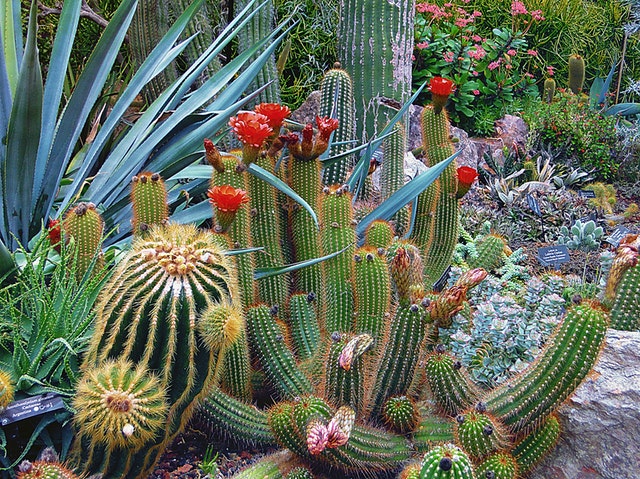
This type of cactus grows several long cylindrical stems in a bush like form. These stems can get several feet tall and produce fruit on the ends. The fruit is about the size and shape of an egg with a reddish-pink exterior. The inside looks and tastes are very similar to white-fleshed dragon fruit.
Wolfberry
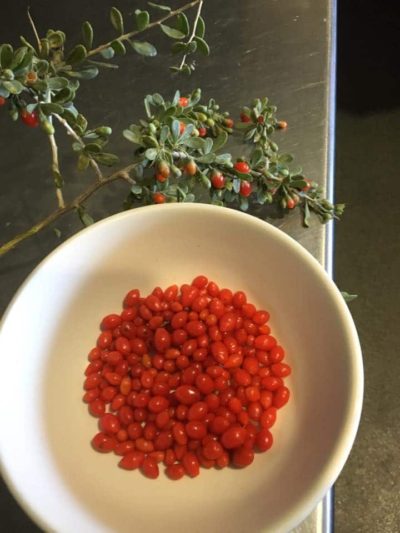
These plants are in the Lycium family, which is the same as Goji berry. There are several different species, but all are similar. The take on a woody bush like appearance. Wolfberries are thorny plants. The berries are highly nutritious and have a taste that resembles a tomato.
Mesquite Tree

This is a member of the legume family. The wood is also commonly used to smoke bbq to enhance flavor. If you’re looking for a nice desert landscape tree check out a Mesquite. These trees are quite common in our area. Mesquite trees produce an edible pod that can be eaten raw or ground into a flour. Some varieties can be quite thorny.
Yucca
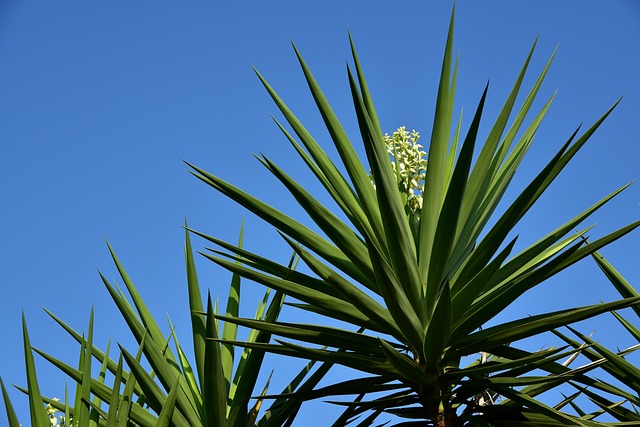
Yucca is a bushy spindly looking plant that grows a flower cluster in the center. The best part of the Yucca plant are the blossoms. These are best consumed a few days after the blooms open, otherwise, they can become bitter. Blossoms are best eaten tossed into a salad, but can also be cooked. The taste is reminiscent of asparagus. Most of the Yucca plant is edible with the roots also being used in cooking.
Chia
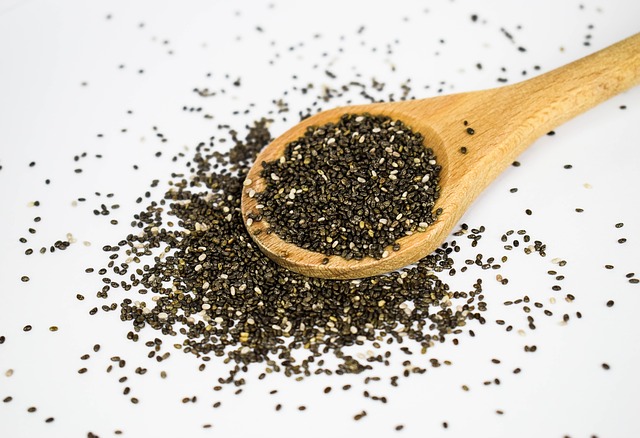
These plants produce attractive small purple-blue flower blooms in the spring that eventually dry and produce the seeds know as chia. Chia was prominent in Native American cooking to use as a flour or pinole. Chia has become more prominent in the health industry over recent years as being dubbed a superfood for all its amazing health benefits.
Pinon Pine
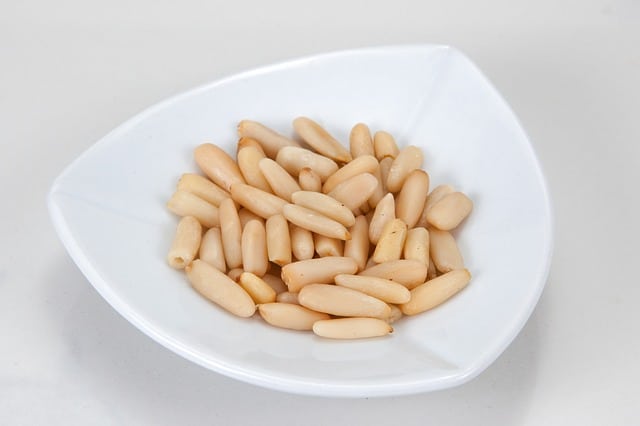
This is a species of pine that’s known for producing pine nuts. These nuts can be quite expensive in local grocery stores, but for good reason. They’re difficult to harvest and the tree needs to have matured for at least ten years before production. Pine nuts can add a unique flavor to foods and is very nutritious.
Agave
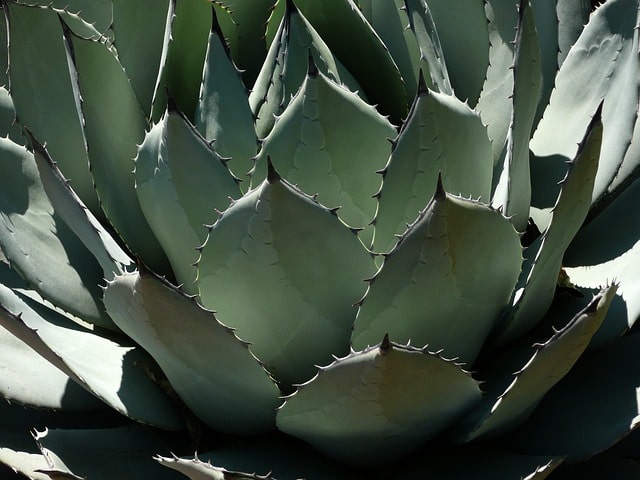
The blue agave plant thrives in hot, dry climates and is known for the wonderful sweet syrup that it can produce. It can take several years before the plant is of age to extract the syrup. The plant is cut and the nectar is extracted from the Pina or core of the plant. As it’s heated it breaks down into sugars.
Final Thoughts
For us gardeners in hot dry climates, it’s amazing growing the staples that we love like tomatoes, greens, and more. Let’s not forgot about those native edibles that have so many benefits for our landscape. Carve out an area of your garden and designate it for growing some of these edibles. In HOA neighborhoods that have strict guidelines for front yards, this is a great way to incorporate edibles within a native landscape.
